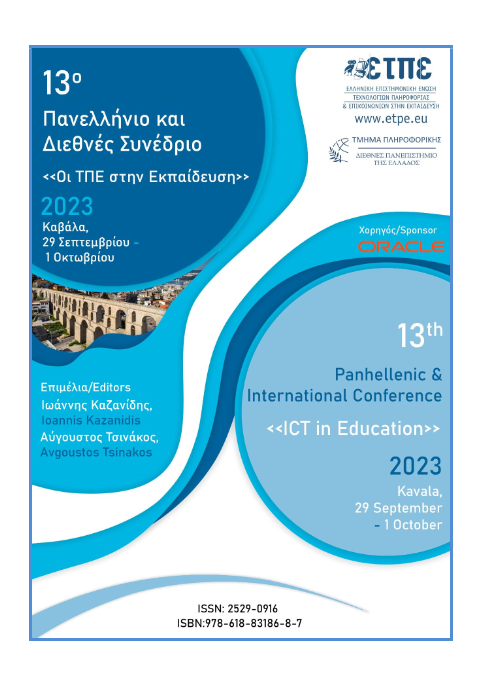An Embodied Instrumentation Approach for Spatial Thinking development using Geospatial technology
Abstract
From navigation and furniture assembly to understanding planetary motion and DNA structure, making
sense of spatial representations is an essential skill. Despite a large number of studies consistently
highlighting the importance of spatial thinking and its relation to academic success, the impact of spatial
representations on spatial conceptualization has not yet been adequately studied, and research has not
been able to provide researchers and educators with design principles for the integration of spatial
training into formal education. At the same time the use of geotechnologies, like GPS, for educational
purposes has sparked the interest in the field. In this design-based research, we use an embodied
instrumentation approach aiming to understand what kind of spatial meanings 12-year-old children
develop while using digital spatial representations during navigation. The findings of this study suggest
that the integration of dynamic screen-based representations into real navigational activities offer a rich
context for spatial thinking development.
Article Details
- Section
- Articles



